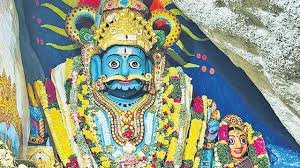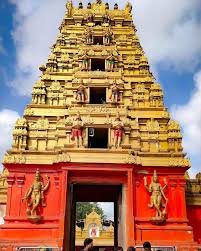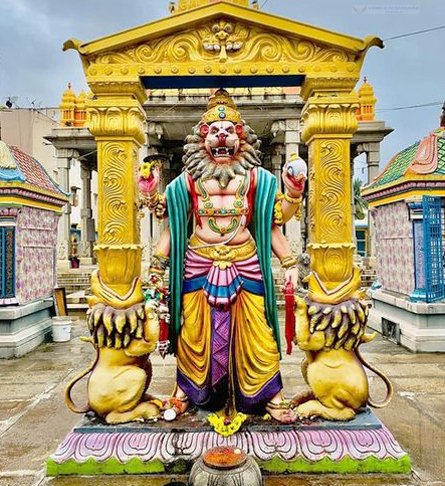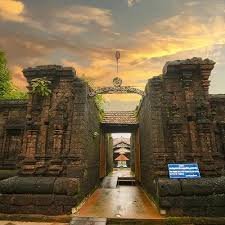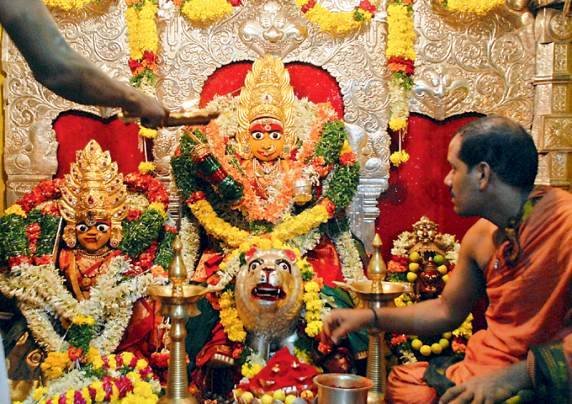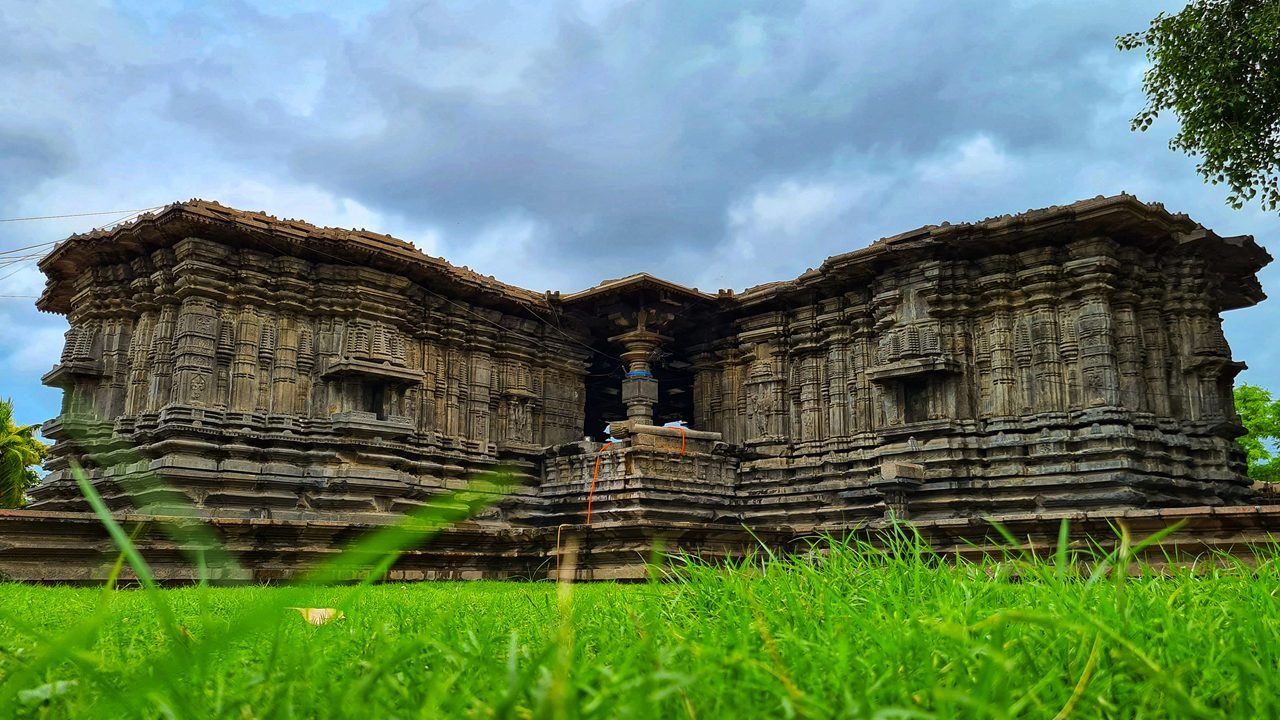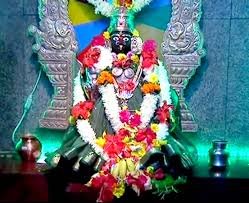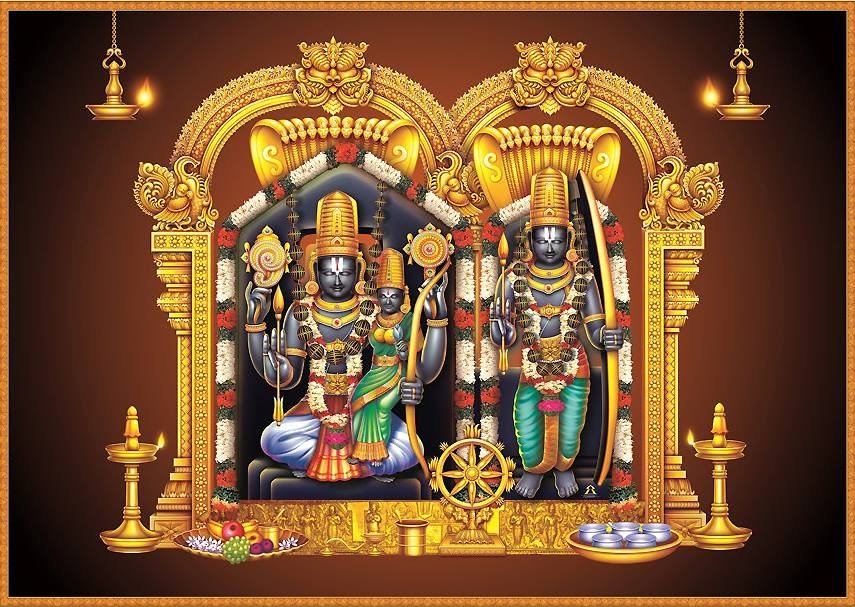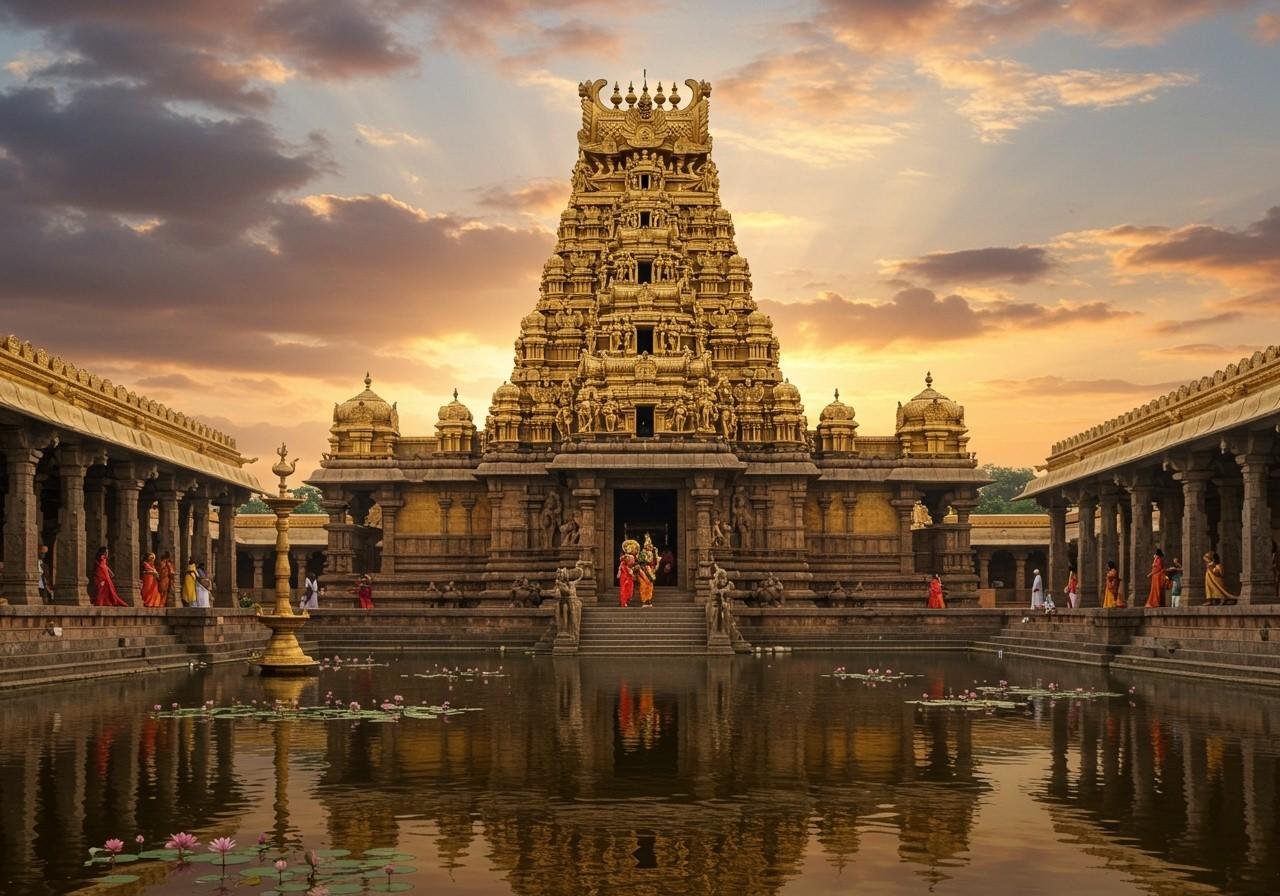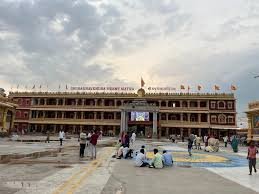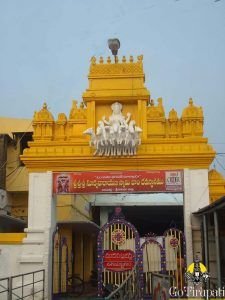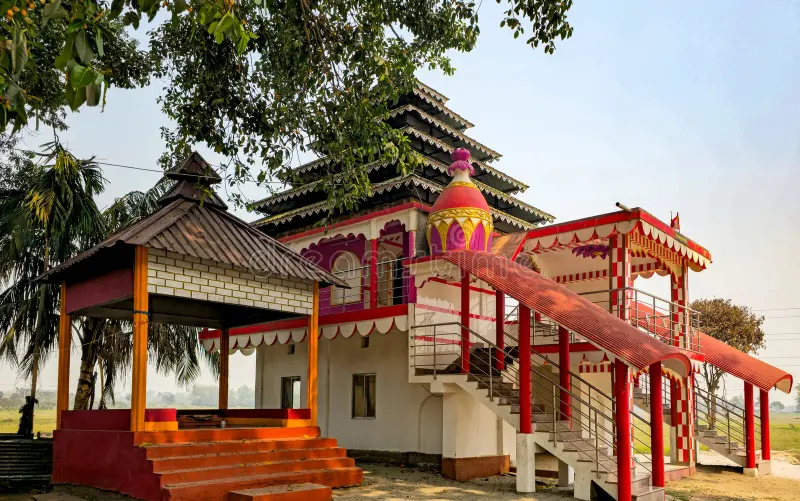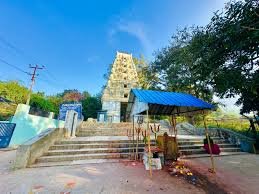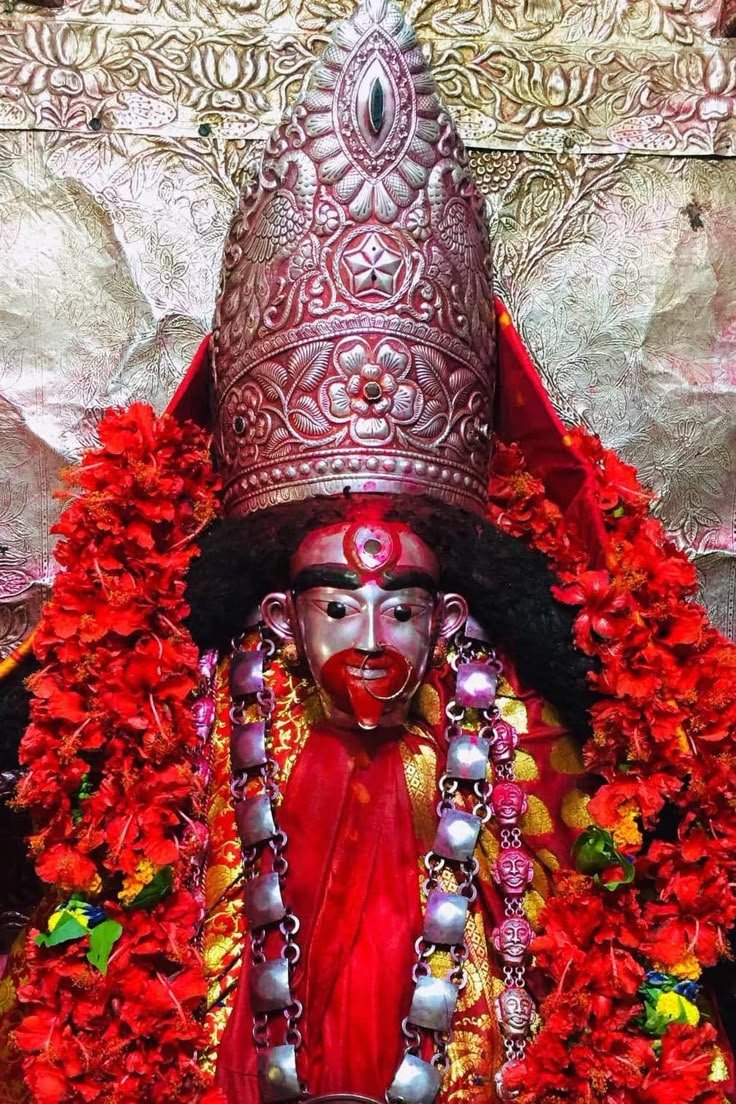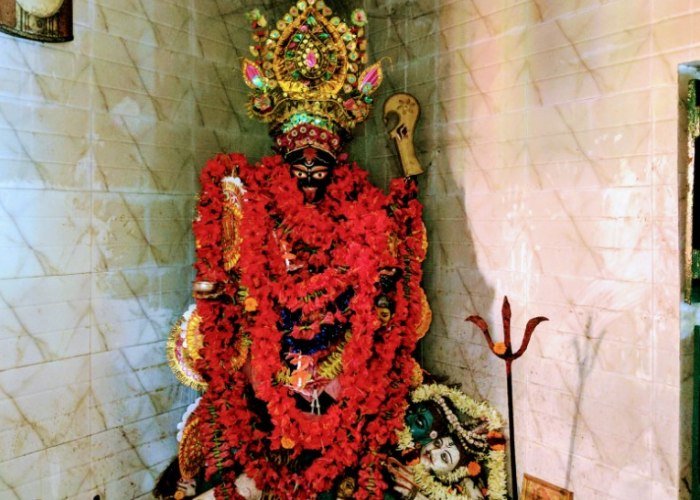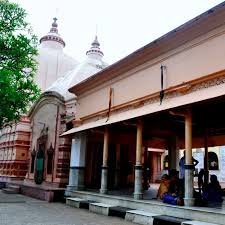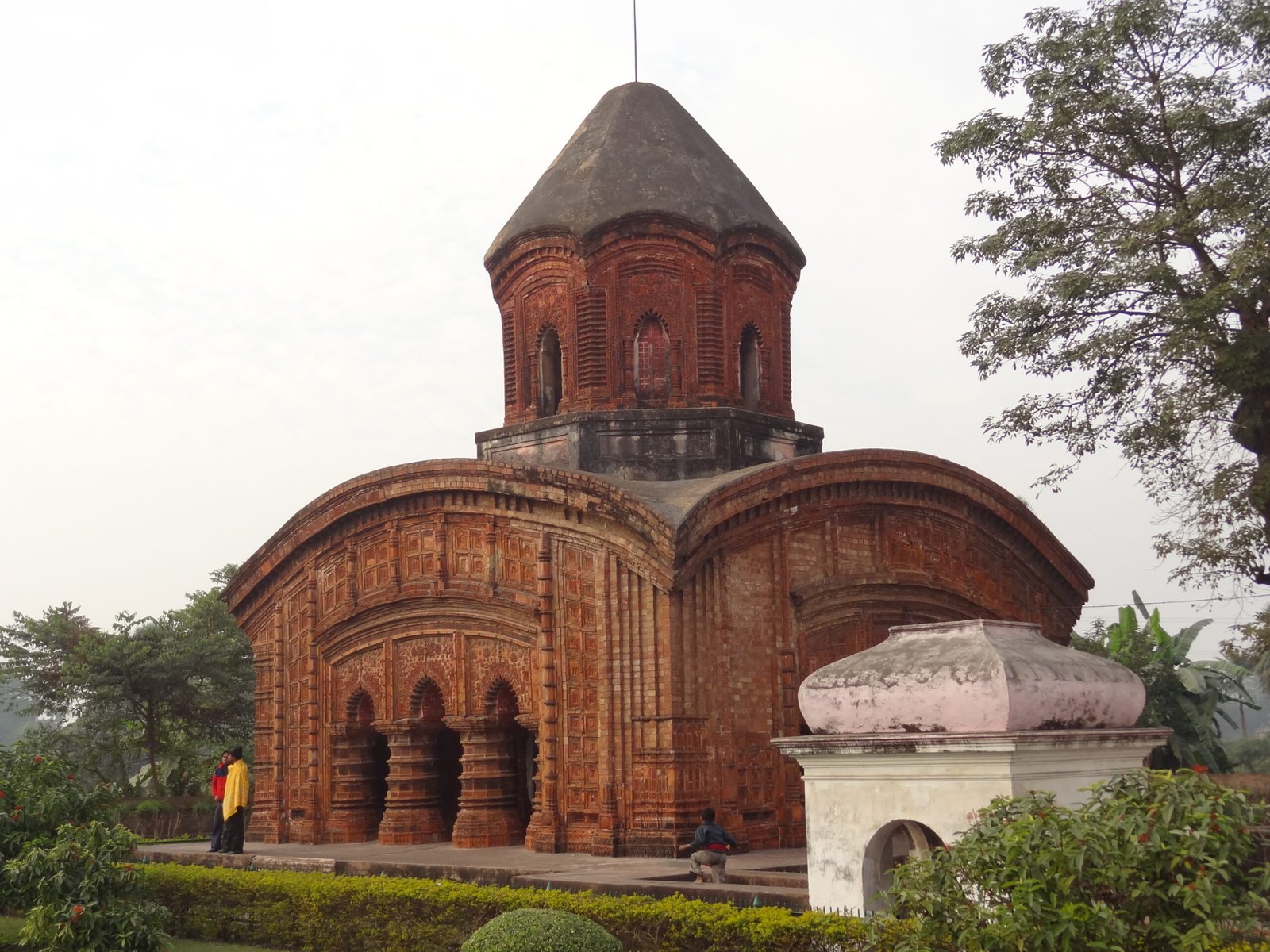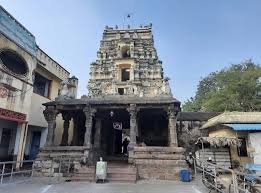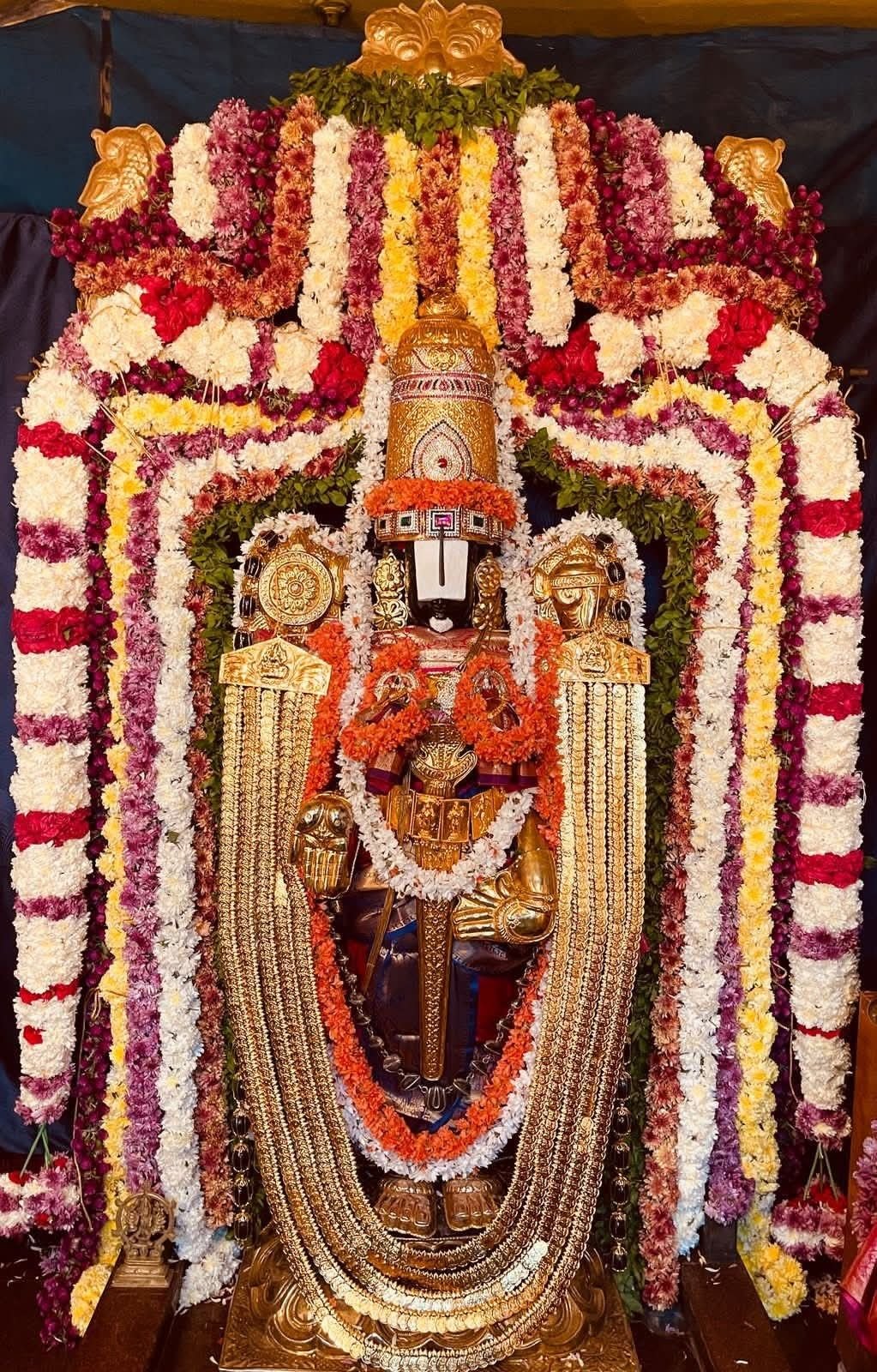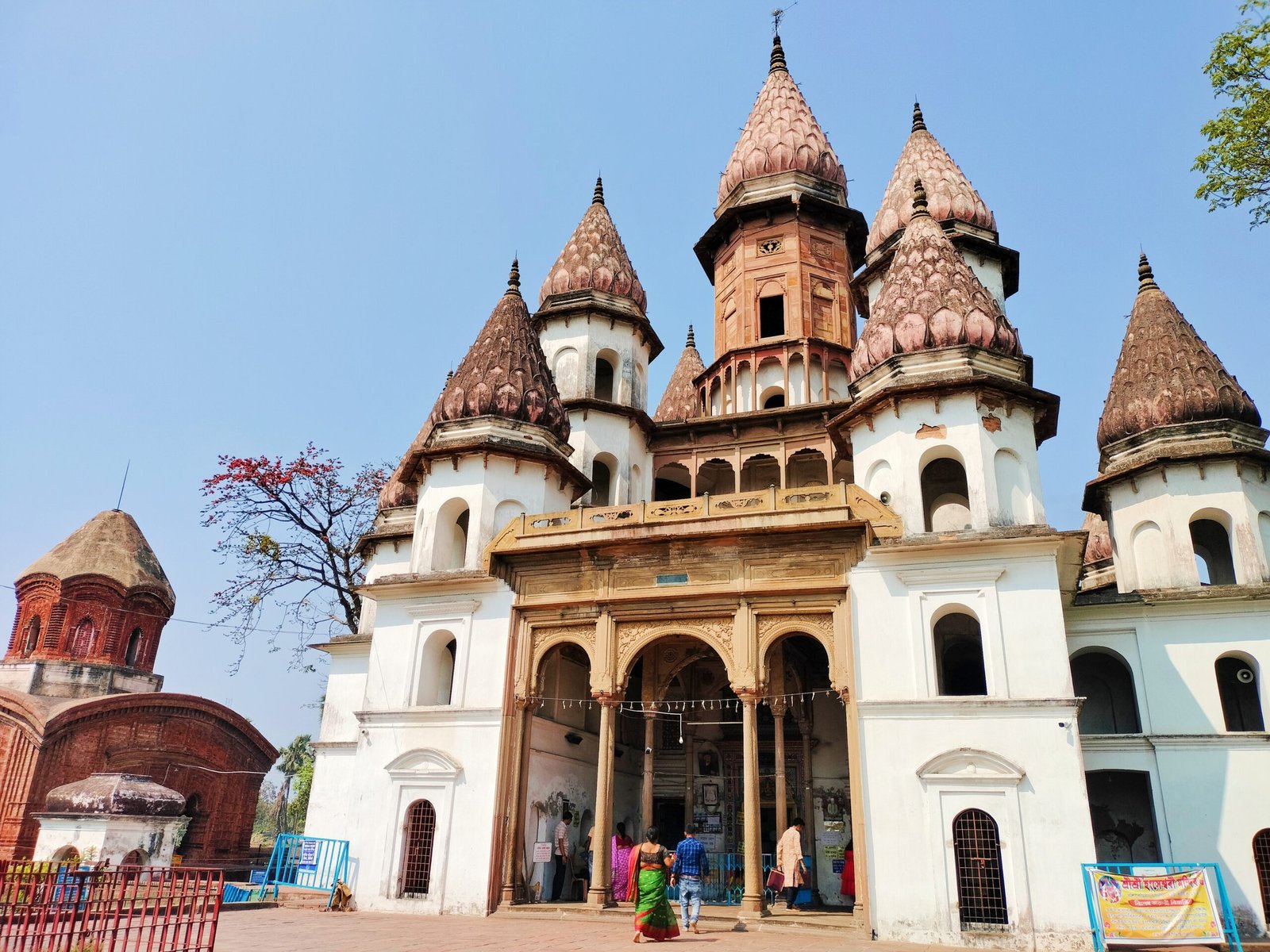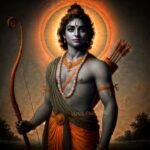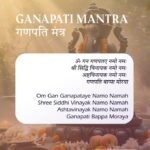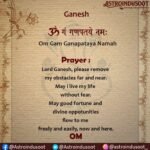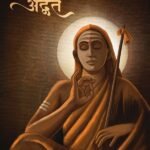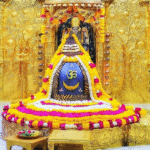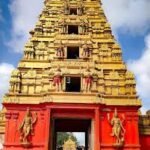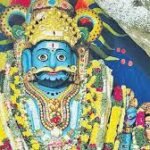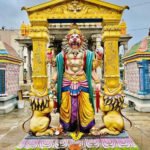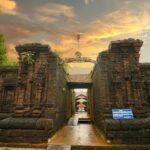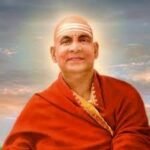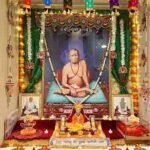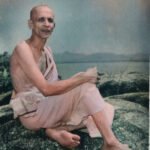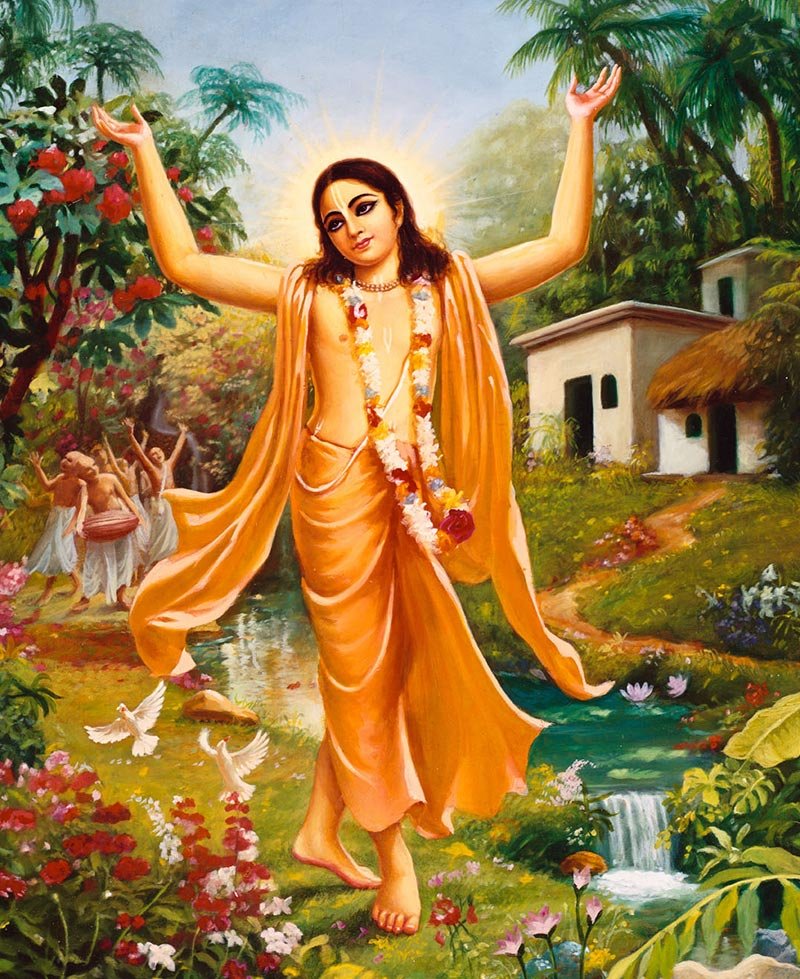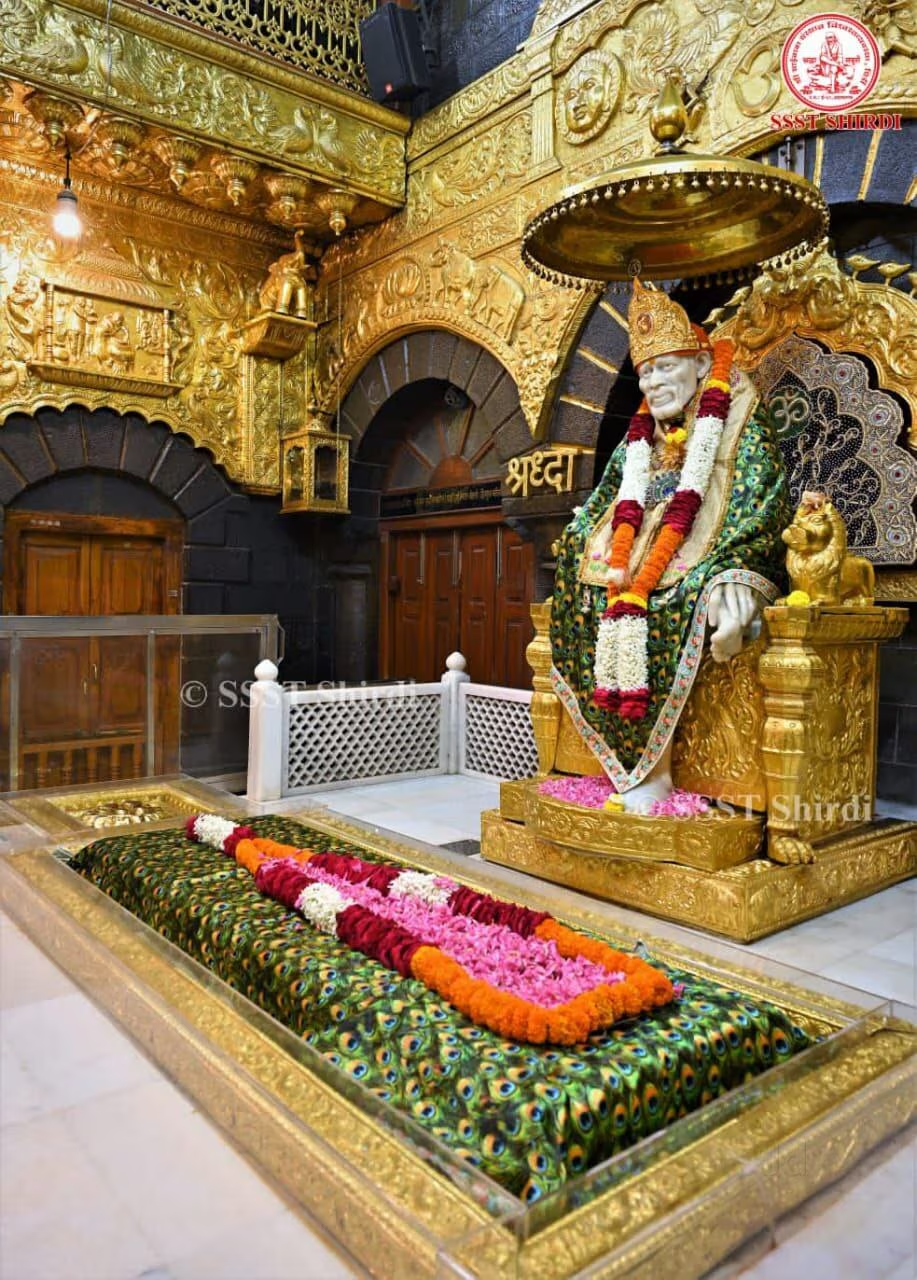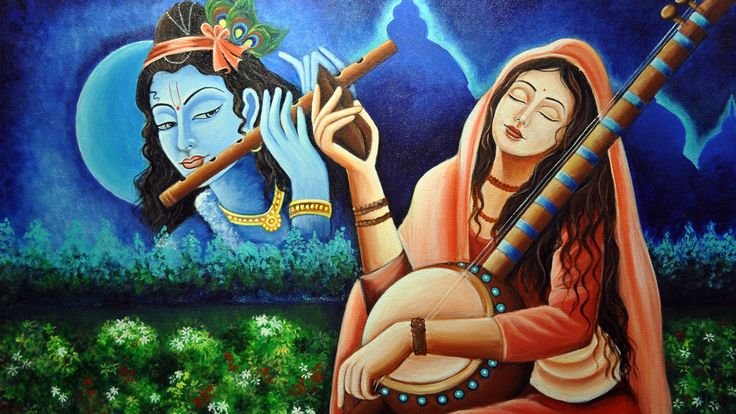Swami Purushottamananda



VASISHTHA-GUHA —a Cave associated with
the name of Muni Vasishtha! Fourteen miles from Rishikesh, on the motor road to Badrinath,
lies this cave. One gets down from the
bus and descends a hundred and fifty feet along a rugged path and a flight of steps to reach this ancient place full of vibrations felt by those whose hearts are attuned. As one
gets down the steps and walks about a hundted yards through the Ashram garden, one comes face to face with the renowned cave, Vasishtha-Guha. It is a natural cave having a depth of about fifty-five feet, with two compart-
ments, the front one being about twenty fee by twelve feet. There are a few small buildings and a temple in the vicinity of the cave. Not far from the cave flows the celestial river,
Ganga. The cave lies on the right bank, facing the river. The natural setting of the cave in the midst of austere nature, steep hills and over-
hanging trees, and the rippling waters of the Ganga on one side, fill the mind with thoughts sublime.
Our subject, Swami Purushottamananda, made this Guha his abode of tapas more than half a century ago.
(The place was not so easily accessible in those days.) Born on 23rd November 1879 at Tiruvalla in Kerala State, to a pious couple, Narayanan Nair and Parvati Amma, many years after their marriage, he was named Neelakanthan by his parents.
He was deeply religious even when he was a boy;
and at studies brilliant. When he was in the sixth form (Matriculation) his studies were, interrupted by a severe attack of rheumatism. Repeated attacks of the illness only redoubled his religious fervour. He mastered the Sanskrit language and studied the Gita and other texts during the long period of illness. His religious bent of mind brought him under the influence
of Swami Nirmalananda of the Ramakrishna Mission, then taking roots in Kerala. Neelakan- than worked under Swami Nirmalananda for more than twelve years. When Swami Brahmananda, the first President of Ramakrishna Math and Mission, visited Kerala, he gave mantra-deeksha (initiation) to Neelakanthan. That was in the year 1916. And, the second President,
Swami Shivananda (Mahapurush Maharaj), ordained him a Sannyasin on Sarat-Purnima day in the year 1923 at Belur Math and gave him the monastic name, Swami Purushottamananda.



A few days after the sannyasa ceremony Swami Purushottamananda left for Varanasi, Haridwar and other sacred tirthas. After a few years’ pilgrimage in the Himalayas, he settled in Vasishtha-Guha in the year 1929 to spend his life in prayer and meditation in the solitary cave in the midst of a dense forest. A man of courage and inner strength and extreme dis- passion, he chose this cave for his tapasya. During those days there was no motor road, 1986 THE SAGE OF VASISHTHAGUHA 231
not even a regular foot-path, from Rishikesh to the cave. One had to walk along the river Ganga, sometimes ascending up-hill. Yet he preferred the place as the very name, “ Vasishtha-Guha ” had a charm irresistible. He had to
undergo great hardships during those days. The nearest place of human habitation was a hamlet three miles away and he had to trek uphill and downdale to reach it and obtain the bare necessities of life. The rheumatic attacks had left his right leg emaciated and weak. He had to limp all the way, which made it all the more painful.
Once, when his fire had gone out, he had to walk the whole distance to the village to get tire! But he did not give up the cave or his
austerities. Help came to him in various ways. On another occasion when he was in need of fire and was reluctant to walk all the way to the village and waste four precious morning hours, a stranger came on a raft from the other bank of Ganga, gave him a box of matches of his own accord, and went away.
The same evening Swamiji received half-a-dozen match boxes sent by a Mahatma of Rishikesh, through somebody. And, when the season of harvest came round, one day he was getting ready to go to some villages for collecting food-grains.
Just at that moment, a former acquaintance, Swami Narayana Giri, came from Rishikesh. He accompanied Swamiji to the villages, and carried the load single-handed, not allowing our subject to carry anything.

Swami Purushottamananda at first protested as he did not like the visitor doing such services. Only after coming to an understanding that the visitor would stay with Swamiji during the chaturmasya period (rainy season) and share
whatever they collected, did he allow him to do this seva (service). Such instances increased Swamiji’s faith in God. His perseverance, intense tapasya and complete surrender to the Lord resulted in the fulfilment of his aim in life namely, Self-realisation. He was a true Vedantin, a happy blend of jnana and Bhakti, who exhorted his disciles to meditate. On hearing good devotional music (kirtans) he would go into ecstasy and become unconscious of
the surroundings. Tears would trickle down his cheeks while reading or hearing certain portions of Srimad-Bhagavatam. He advised spiritual aspirants to “feel, feel for others”,
“be sincere and true”, and ” surrender completely to the Lord” He also stressed the importance of brahmacharya (continence ), and said, “If you have brahmacharya you have everything ; if not, you have nothing.”
“Anumodaamahe brahmacharyam -ekaantanirmalam
Dharmyam yasasyam-aayushyam lokadvaya -rasaayanam”
was one of his oft-quoted s/okas. The meaning is simple:
“We admire brahmacharya of ‘purest ray’ which is conducive to virtue, fame and longevity, and is a panacea for all the ailments here and hereafter.’”
Swamiji was averse to publicity. Yet many and varied were the people that flocked to him for solace and guidance. His mere darshan gave peace. Sometimes, people went to him with a long list of questions, and without their uttering a word, the answers came to their mind after sitting in his Presence or Swamiji himself raised the topic and gave the answer directly to them or to someone else. His child- like laughter was something one could never forget. Yes, his love, compassion, subtle humour, and advice on spiritual matters in homely words — all these made even a new-
comer or a shy person feel quite at home, within.
Gradually an ashrama sprang up and a few monastic disciples stayed with him. It was like his children and served him. He was father, mother, guru — everything to his monastic as well as lay disciples.Swami Purushottamananda did not go on lecture tours; seldom did he speak in large) i) Spiritual Talks, ii) Peep intu the Cita, iii) Spiritual Aspirants and iv) Upadeshamrit (Hindi) are some of the publications that contain the Sage’s lofty teachings. These can be had from Vasishtha-Guha Ashram, P.O. Goolar-Dogi, Pin code 249303, (Dist. Tehri-Carhwal), U.P. 232 THE MOUNTAIN PATH gatherings.
But wherever he went he held
satsanga, cleared the doubts of sadhakas and
gave them spiritual instructions.
More than three decades Swamiji lived in Vasishtha-Guha and attained mahasamadhi at the age of 82, after a brief illness. He spoke at length to his disciples two days before the event and attained mahanirvana on the night of
Mahasivaratri, Monday the 13th February 1961. In the place sanctified by him a temple has been erected and a marble statue of the sage has been installed. Swami Purushottama-
nanda of Vasishtha-Guha was esteemed in the Haridwar-Rishikesh region as one of the three ‘Spiritual giants’ — Trimurtis —of the Himalayas, who all hailed from South India, the other two being Swami Sivananda of Rishikesh and Swami Tapovanam of Uttar-kashi.
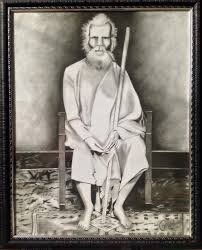
This is what Dr. K.M. Munshi, wrote after paying a visit to the Sage at Visishtha-Guha in 1953:
“Such knights-errant of the Spirit are to be found in all countries, but perhaps more in India than anywhere else. Whatever the modern world may say, such men will continue to be found in all ages, men who, not content with their everyday life, will insist on climbing the Everest of the Spirit with Cheerful confidence. While we search for the mirage of Happiness, they seek the Holy Grail with courage and faith; and they are the men who convert the rose of the world into the mystic rose that Dante Sang of.’’ 22City of Paradise & Other Kulapati’s Letters (1955)-P.69 Bharatiya Vidya Bhavan, Bombay

